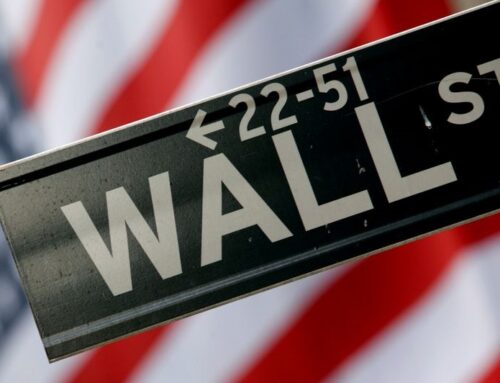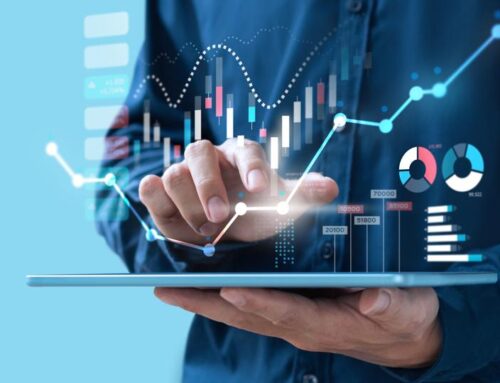Quantitative easing is finally over. Here’s what it...
October 29, 2014
By Rick NewmanOctober 28, 2014 2:29 PMYahoo Finance
Monetary policy is usually pretty dull stuff. But during the last six years, the Federal Reserve’s unprecedented quantitative easing program became a high-stakes economic experiment that generated a surprising amount of divisive political fodder.
The Fed first began QE, as it’s known, in November 2008, shortly after Lehman Brothers collapsed and the government began bailing out banks to prevent a full-blown financial panic. The Fed’s plan was to supercharge the economic stimulus it was trying to create through traditional maneuvers such as cutting short-term interest rates. Ben Bernanke, who was Fed chairman at the time, was an expert on the Great Depression and the misguided actions of the Fed during that period, which arguably made the depression worse. He was determined to play a more constructive role in helping the economy recover.
Under QE, the Fed would purchase bonds in the open market, to take relatively safe assets out of circulation and force investors to buy riskier assets such as stocks. That, in theory, signaled the Fed’s support for prudent risk-taking, to lure gun-shy investors back into financial markets and restart the flow of money after the crisis. It also pushed down long-term interest rates, because stronger demand for bonds means issuers can pay less to investors who buy them. With sales of homes, cars and other things plunging in late 2008, the Fed hoped cheap money would help lure skittish consumers back into the market.
But quantitative easing went on far longer than just about anybody anticipated back in 2008, with the Fed ultimately amassing a massive $4 trillion portfolio of bonds. The central bank, now led by Janet Yellen, made the last of its scheduled bond purchases this month and has now affirmed that QE is officially over. The debate over its effectiveness, however, will go on for years, as new economic data rolls in and unintended consequences of the program become apparent.
Most economists agree that QE provided the kind of short-term stimulus the Fed intended. “One thing that is undeniable is that its introduction succeeded in driving a major turning point in consumer and investor sentiment,” Patrick O’Hare of research firm Briefing.com wrote recently. Here’s how a few major economic indicators changed after QE began:
S&P 500 stock index: up 129% since Nov. 25, 2008, the day the Fed announced its first quantitative easing effort
Real GDP (adjusted for inflation): up 9.8%.
Unemployment rate: down 1 percentage point
Consumer confidence index: Up from 44.9 to 94.5 (Conference Board)
Average weekly earnings, adjusted for inflation: up 0.7%
Inflation rate: up from 1.1% to 1.7%
Auto sales: up 61%
Housing starts: up 56%
Average 30-year mortgage rate: down 1.9 percentage points
Those figures clearly reflect an economy that has improved since the dark days of the Great Recession—but they hardly settle the question of whether QE has been effective. It’s impossible to untangle how much of the improvement would have happened as part of the normal economic cycle and healing after a recession, and how much was directly due to Fed intervention. And some elements of the economy—especially wage growth—remain far weaker than they should.
The economy recovered faster after prior recessions when there was no QE at all, which has generated quixotic campaigns to “kill the Fed” and concern on Capitol Hill over whether the Fed is too powerful. While campaigning for the Republican presidential nomination in 2011, Texas Gov. Rick Perry called quantitative easing “treasonous” and warned that if Bernanke went to Texas, “we would treat him pretty ugly.” (Economists still haven’t figured out what Perry was talking about.)
Winners and losers
Still, QE has caused some collateral damage. Super-low interest rates have been great for borrowers but lousy for savers, with current rates on money-market funds and CDs so low they may as well be zero. QE arguably put a floor beneath stock prices, because the Fed showed a willingness to inflate the price of such assets. Investors who got the message cashed in on one of the best bull markets in history. But there were still a lot of retirees and other thrifty investors who chose to keep their money out of stock and in the safest possible assets after the 2008 crash. They’ve been big losers under QE.
Some economists also argue that super-low interest rates have compelled companies to borrow and hoard money—or use it for stock buybacks that benefit shareholders but nobody else—instead of investing it in ways likely to make the economy grow. And it’s not clear everything will go smoothly once interest rates start to go back up. “How do we wind down quantitative easing and normalize interest rates?” Mark Zandi, chief economist of Moody’s Analytics, testified before Congress earlier this year. “It is going to be tricky, and I’m sure there are going to be a few bumps along the way.”
The real test of QE will probably come down to inflation and whether there are any ugly surprises ahead. Fed critics have been squawking about the risk of runaway inflation since QE began, since buying vast sums of bonds does potentially put more money into circulation. But inflation hawks have been dead wrong the whole time, with inflation now so low — around 1.7% — that economists are more worried about deflation than inflation. While focused on the Fed “printing money” through QE, many inflation worrywarts have overlooked the importance of wages, which usually spike during periods of inflation and even contribute to it; for the past six years, however, wages have barely budged.
High inflation could still materialize, since economic trends often take years to play out. There could be other unforeseen aftereffects of quantitative easing, such as a stock-market pullback now that the Fed has stopped pumping helium into the market. But it seems more likely that QE will go out with less drama than it generated during its existence. If monetary policy becomes dull once more, the Fed succeeded.
Rick Newman’s latest book is Rebounders: How Winners Pivot From Setback To Success. Follow him on Twitter: @rickjnewman.
Search
RECENT PRESS RELEASES
Related Post




